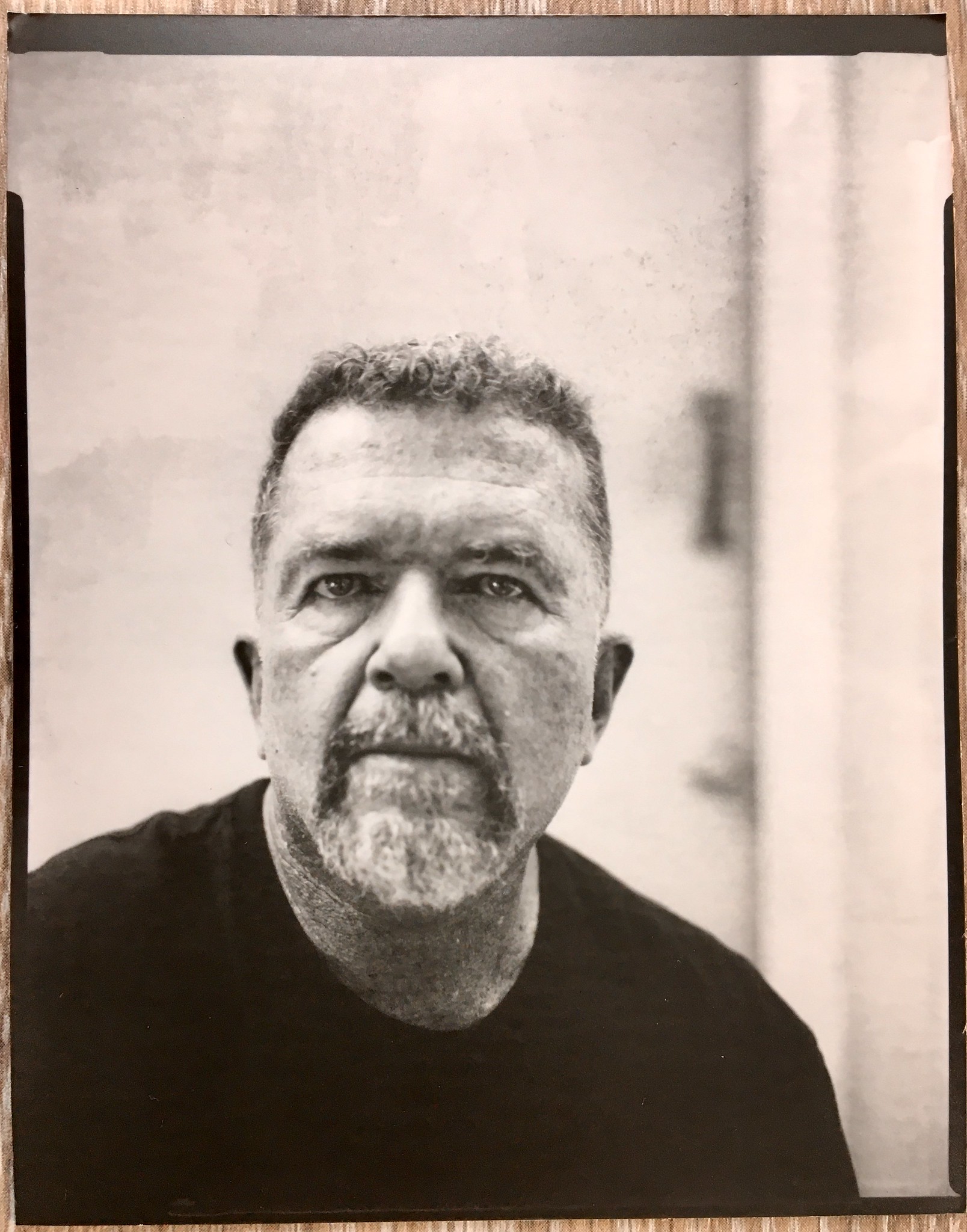Another G.A.S. Attack!

The potential antidote to G.A.S.?

It's actually been a while since I used the little G5. And now I remember: the mechanical shutter no longer works; I have to set it to electronic shutter only. So the ISO is limited to 1600 (because of electronic shutter only). Okay for brighter conditions, but I can't get good images under dim indoor light.
The 7Artisans 25mm F/1.8 lens is pretty okay. It's manual focus only and has a stepless aperture ring, with a round-shaped aperture at all stop settings; nice images. At 25mm on this camera format it has the angle of view of a "nifty 50" prime lens. But it ain't no "pancake" lens; part of the price for a fast aperture. I do have the 14mm F/2.5 and 20mm F/1.9 Lumix pancake lenses. The 14 ain't bad, but at F/2.5 not all that fast. And the 20 renders really nice, and is fast optically, but the autofocus is a dog. There's also the little Olympus 15mm F/8 bodycap lens, kind of a curiosity. Not great optical quality (the lens is plastic), and at F/8 requires bright light to work well. But it makes for a quick point-and-shoot camera, having a hyperfocal setting for the F/8 aperture.
None of these options are ideal. But they're paid for. And I'd still need to get that oh-so-fashionable fanny pack, to make this camera work for me. Looking forward to that!
These cameras have a limited lifespan. Heck, so do all cameras. My 1980s-vintage Minolta X700 has capacitor issues, so these problems aren't limited to just digital technology. Maybe it's like owning cars: fix them until they're not fixable, or not affordable to fix, then get another one. Hence the G.A.S. attack over the little Ricoh GR3. But dang, it seems they're a hot item these days, and forking over $900 for a new one begins to sound like real money.
But then a person, when in the throes of a G.A.S. attack, needs to do some serious cost/benefit analysis. As I wrote, I have several very compact film cameras that would fit the bill nicely. Like the Yashica T4 Super, or the Minox GT-E. Both very pocketable. But let's consider the bill for film, developing and scanning, say 36 exposure rolls. Say color film, like Kodak Portra 160. I can get a 5-pack for about $48, from B & H Photo. That's about $9.60 per roll. Then processing at my local lab costs $6, plus high-resolution scanning (equivalent to a 20+ megapixel camera) costs $24. That's $39.60 plus tax for 36 images. That's over a dollar a shot. This doesn't even include the cost of 4x6 prints; I'm trying to keep this equivalent to what it'd cost me to shoot digital.
How long would it take me to shoot, say, 900 images on film? I don't know, it depends. But I've been known to shoot dozens and dozens during an important event like a family gathering. So in just a few months I could see myself forking out over $900 in film expenses, enough to pay for that Ricoh GR3. And with the GR3, like any digital camera, the cost per shot depreciates rapidly over time; the more you shoot, the cheaper each shot gets, since the expenses are all up-front.
Part of the calculus of a G.A.S. attack is comparing film versus digital. Keep in mind I'm in the market for a pocketable camera with better image quality than my cell phone. Those small film cameras, that I already own, would offer the image quality I want, but at the cost of a continued increase in expenses per shot. And that's assuming the cost of film and processing doesn't continue to increase over time (which it most likely will).
Also, this isn't really about the philosophy of being a film aficionado. I love film and film cameras. Heck, I still maintain a working black-and-white darkroom. But my particular set of requirements are expensive to maintain with film. Plus, the immmediacy of digital imaging is an advantage hard to ignore.
Time marches on. Yes, it'd be a romantic idea to hand-crank that Ford Model A roadster to life, after setting the choke and spark advance. But you wouldn't want to commute to work in it every day.
We shall see where this G.A.S. attack leads. Hopefully it leads to me being more creative with photography, whatever I choose, for that is the end goal I'm keeping in mind. The tools required to do so are merely a necessity, nothing more, no use getting hung up over them. At least, I keep telling myself that, as I scratch that G.A.S. attack itch.
Typecast via Groma Kolibri.
Post-Script: I should mention that for a period of about a decade I documented parts of Albuquerque with a compact digital camera, that resulted in several self-published photo books. You can find them here. That phase of my life seems to be over, at least for now, but part of the reason is the city has changed; and then the COVID pandemic hit. I'd like to once again begin a period of being a documentary photographer, and a compact, high-quality camera tool would be a necessity.







